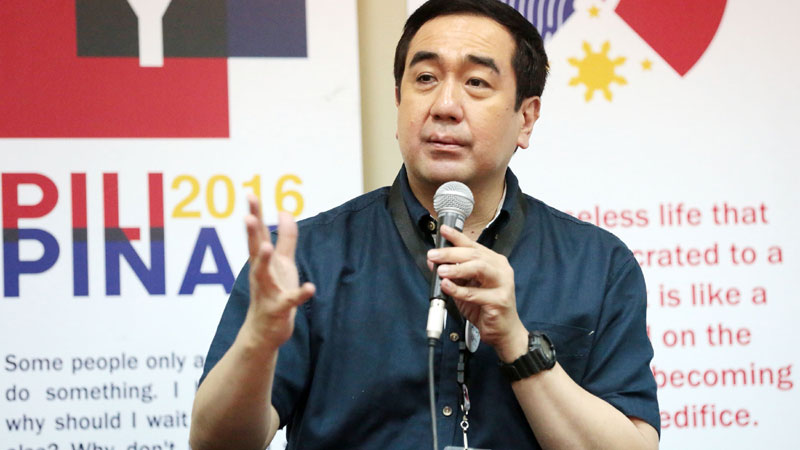‘Buffet’ of choices behind high turnout–Comelec
THE VOTER turnout for the May 9 elections at 82 percent has eclipsed records in the two previous automated polls, according to the Commission on Elections (Comelec).
Speaking with about a hundred foreign election observers, Comelec Chair Andres Bautista on Tuesday attributed the historic voter turnout to two things: the presidential and vice presidential debates that the poll agency initiated and the “buffet” of choices for the electorate.
“We had choices … it was like going to a buffet and there were different kinds of food you could partake,” said Bautista, answering queries from the observers who flew in from various countries for the country’s third automated elections.
“That’s why Filipinos were very rabid about their choices, and therefore [translated them into votes] notwithstanding the hot weather and the quality of our polling centers,” he said.
The 82-percent voter turnout would account for 45.1 million out of the 55 million Filipinos who registered for the May 9 elections.
The Comelec recorded a 74-percent voter turnout in the first automated presidential balloting in 2010. There was a 77-percent voter turnout in the 2013 midterm elections.
In a briefing with reporters, Bautista reported that the Comelec also hit a new record in terms of transmission of election results.
Transmitted results
As of 11 a.m. Tuesday, 95.15 percent of the election returns had been transmitted to three separate servers in just a span of 17 hours after polling had ended on Monday.
Metro Manila registered 98 percent transmission of the results before noon on Tuesday while transfer was a bit slow in the Autonomous Region in Muslim Mindanao (ARMM), at 60 percent.
So far, the election results from Philippine posts in Malaysia, Guam, Burma, Czech Republic, the Vatican, Argentina and South Africa have already been received by the Comelec’s central server.
But the Comelec was still awaiting for the transmission of election returns from posts that have large populations of Filipino overseas workers—Hong Kong, Singapore, countries in the Middle East and the United States, said the poll chief.
